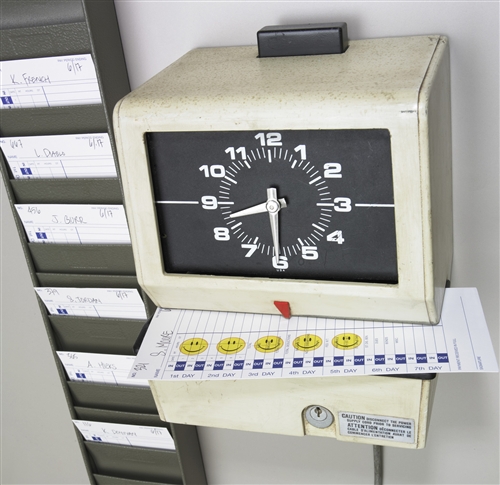 I mentioned in an earlier post that I would post more information on the California Supreme Court decision Brinker Restaurant Corp. v. Superior Court. The Brinker decision was huge in the employment law world. It clarified some of the most tricky wage and hour issues.
I mentioned in an earlier post that I would post more information on the California Supreme Court decision Brinker Restaurant Corp. v. Superior Court. The Brinker decision was huge in the employment law world. It clarified some of the most tricky wage and hour issues.
Here are a few of the important rulings:
Lunch breaks: An employer is supposed to give a 30 minute uninterrupted meal break to employees who work more than five hours. An employers obligation is to relieve its employee of all duty, with the employee thereafter at liberty to use the meal period for whatever purpose he or she desires. The employer does not need to ensure that no work is done. An employer cannot discourage or impede meal periods. If the employer has the employee do work during his or her lunch break, the employee must be paid for it. If the employer relinquishes control and the employee decides to keep working with the employers knowledge, then the employer must still pay the employees hourly rate, but not an additional premium. For those who like bullets:
- Employees who don’t work more than 5 hours don’t get a meal period.
- Employees who work over 5 but not more than 6 hours get a meal period, unless they’ve waived it in writing. If they don’t waive it, the meal period must begin by the end of the 5th hour.
- Employees who work more than 6 but not more than 10 hours get a meal period regardless of whether there’s a waiver. The meal period must begin by the end of the 5th hour.
- Employees who work more than 10 hours get a second meal period. If they don’t work more than 12 hours they can waive the second meal period. If they don’t waive it, the meal period must begin by the end of the 10th hour.
